Touring lead guitarist Dave Catching, guitarist/frontman Jesse Hughes, and bassist Matt McJunkins were gracious enough to chat about their setups before the band's sold-out show at the High Noon Saloon in Madison, WI, on 9/10/15.
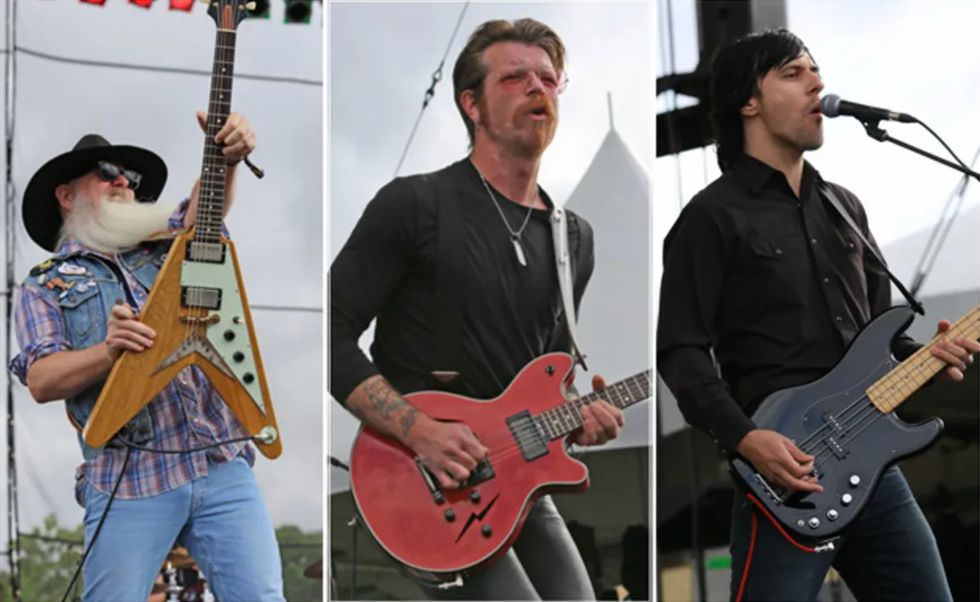
Eagles of Death Metal (left to right): lead guitarist Dave Catching, guitarist/frontman Jesse Hughes, and bassist Matt McJunkins.
1970s Gibson Flying V
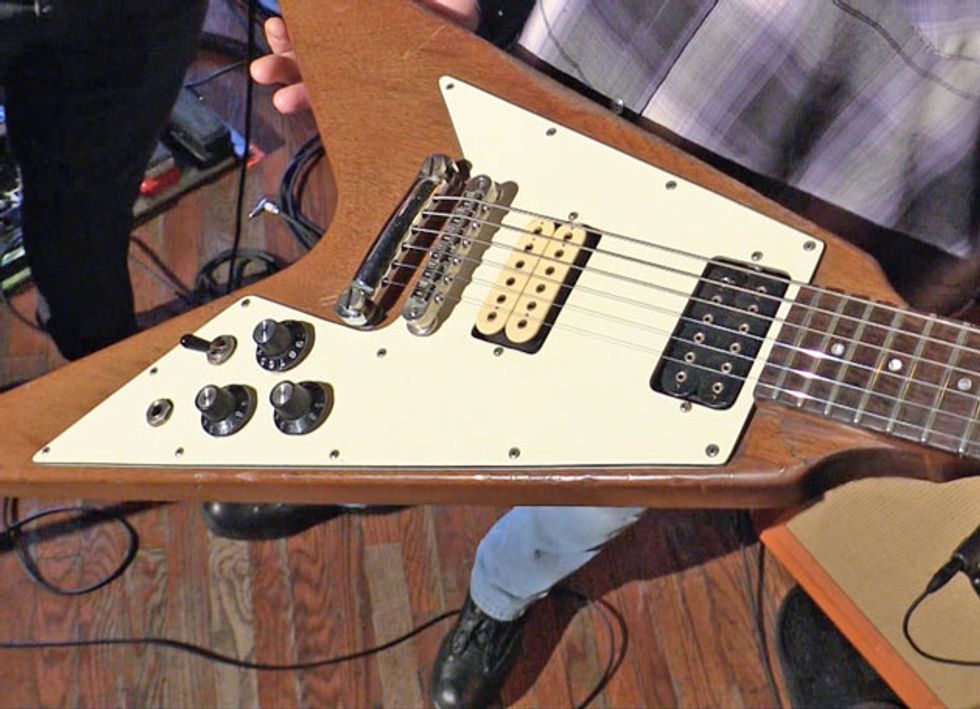
Dave Catching has recorded and toured with Eagles of Death Metal since the early days of the band’s existence and about a decade of that time was spent with this 1970s Gibson Flying V as his No. 1. He believes the neck pickup is from Cort and the bridge humbucker is a DiMarzio. Now that he’s acquired the Echopark Albert V this beauty is a backup.
Echopark Guitars '58 Albert V
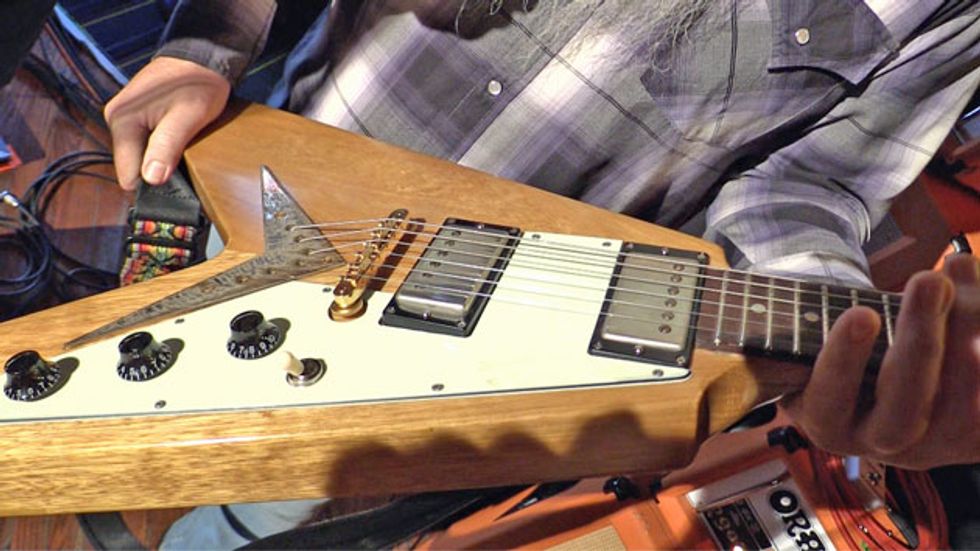
Catching quickly became friends with luthier Gabriel Currie who opened his Echopark Guitars shop across from the band’s rehearsal studio. Currie, a big fan of the guitarist and his many bands, built a replica of a 1958 Gibson Flying V that Catching uses throughout most EODM sets because “it plays perfect and never goes out of tune.” He strings up all his guitars with Ernie Ball Slinkys .010–0.48. Also, he and Hughes play the same open-G tuning (G–G–D–G–B–D) all night.
Normandy Guitars Alumicaster
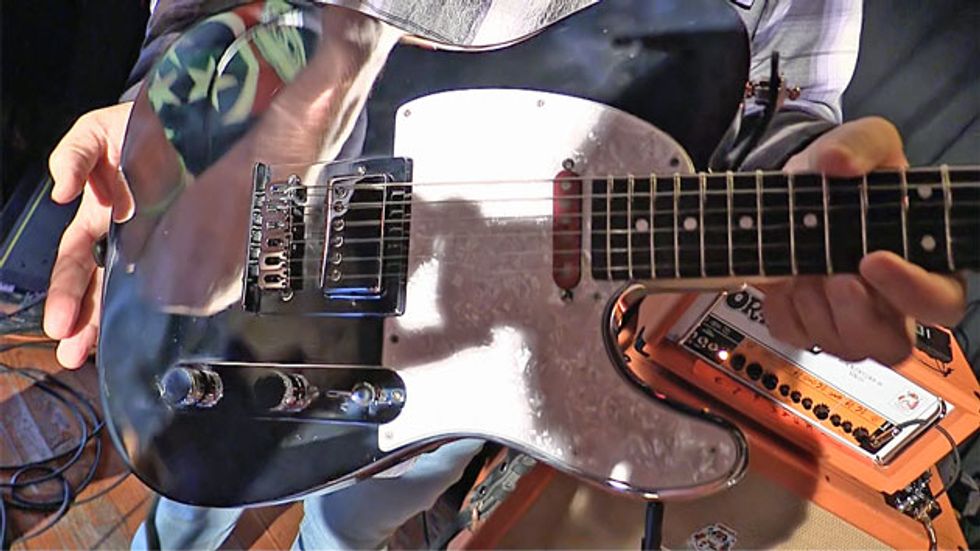
The lone non-V on the road with Catching is a Normandy Guitars Alumicaster. This aluminum-bodied guitar has a Seymour Duncan SH-5 humbucker in the bridge and a STL-2 Hot Tele single-coil in the neck and is used on songs like “Complexity” and “Now I’m the Fool.”
Orange Amps OR50s
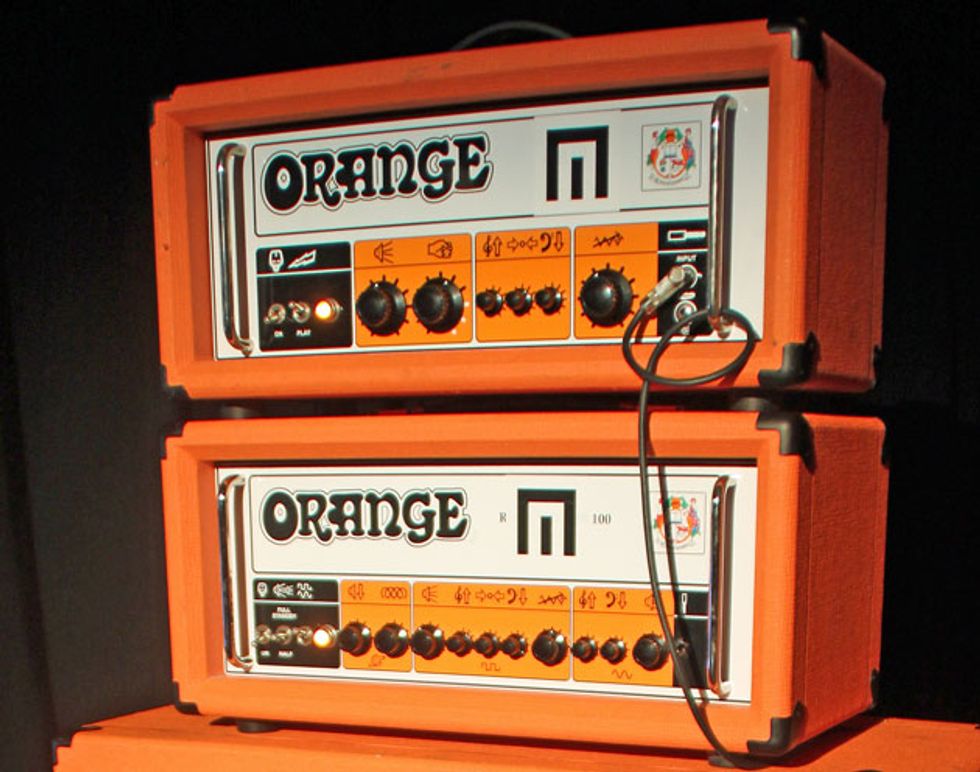
Dave brings his favorite Orange amp—the OR50—out on the road with him because it’s “simple, straight-forward and rocks.” Catching keeps the volume and gain dialed back—right about half—with plenty of bass on the amp because he gets the fuzz and dirt from his stompboxes.
Dave Catching's Pedalboard
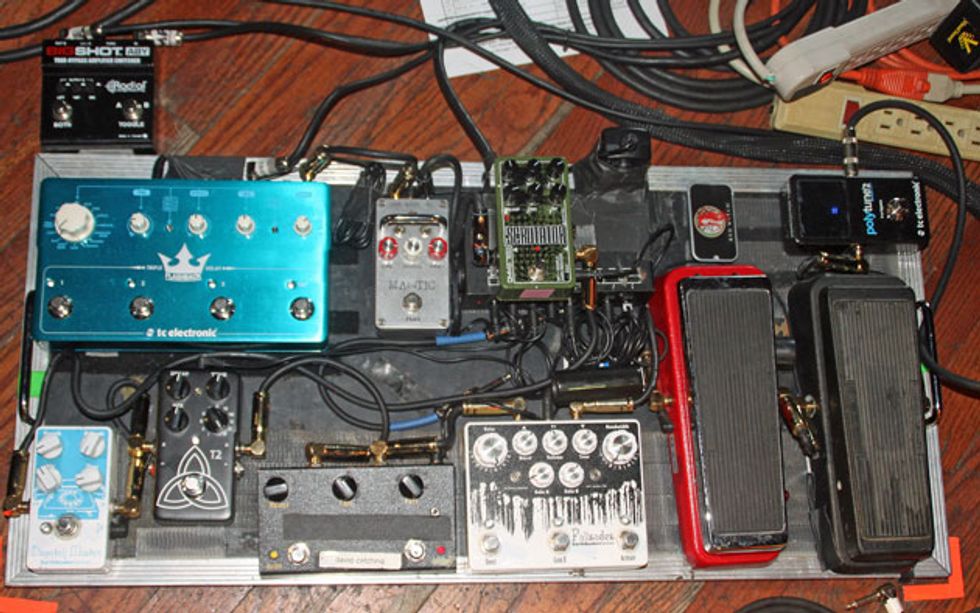
The EODM touring lead guitarist picks up the pedal slack since 6-string counterpart Jesse Hughes doesn’t use any live and brings out a full board that’s stacked with a TC Electronic PolyTune 2 Noir, Jim Dunop Cry Baby Wah—he really loves to leave the pedal cocked open for nasally solos and cutting riffs—a Jim Dunlop Rotovibe, an EarthQuaker Devices Palisades that he uses for solo boosts, Fulltone Ultimate Octave Fuzz, TC Electronic T2 Hall of Fame Reverb, EarthQuaker Devices Dispatch Master, TC Electronic Flashback Triple Delay, Mantic Flex, and a Malekko Scrutator that is a bit crusher that Catching uses at the end of sets while dueling 6-strings with Hughes.
Matt McJunkins 2010 Fender American Deluxe Precision Bass
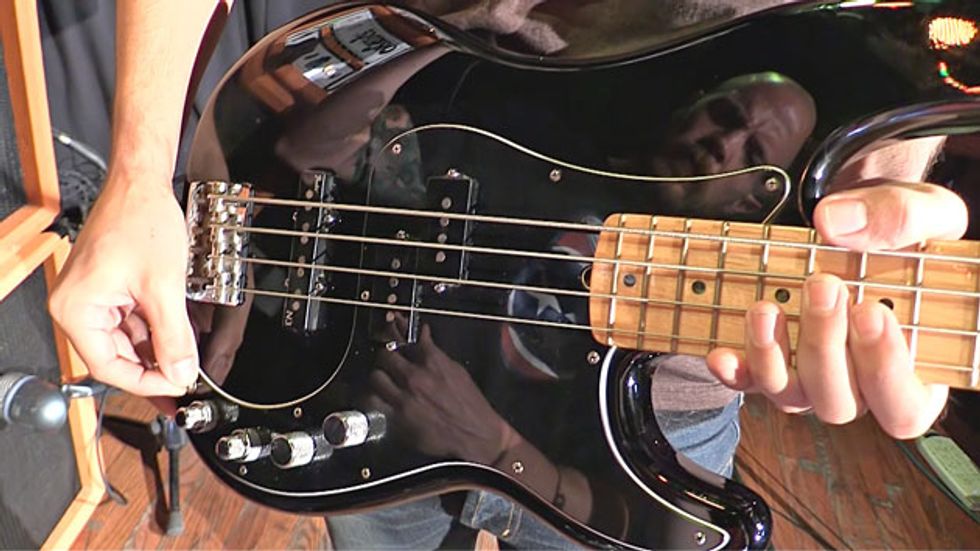
Bassist Matt McJunkins uses his 2010 Fender American Deluxe Precision Bass for the entire show. His preferred setting with the pickups is to have them blended so he can make tonal adjustments to his amp and pedals knowing that he has a core, distinguished bass tone.
Matt McJunkins Pedalboard
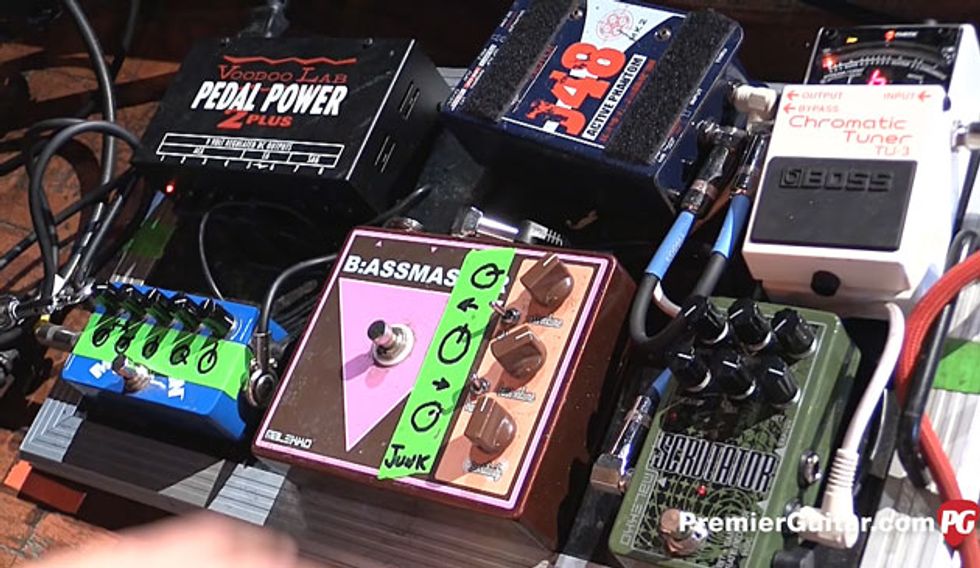
Because McJunkins runs his amps hot, he looks to get extremely overdriven and wonky sounds out of his three pedals—including a germanium Malekko B:Assmaster that “smoothly adds some bass, girth, and fatness” to his core sound, a ZVEX Mastotron that is used on newer songs like “Complexity” because of the pedal’s ability to give “stellar synth-like tones,” and a Malekko Scrutator that brings on the destruction. Other utility pedals include a Boss TU-3 Tuner, Voodoo Lab Pedal Power 2 Plus power supply, and a Radial J48 Active Direct Box that allows the EODM soundman to get a clean signal before McJunkins colors it with his stomps.
Orange AD200Bass MKIII Heads
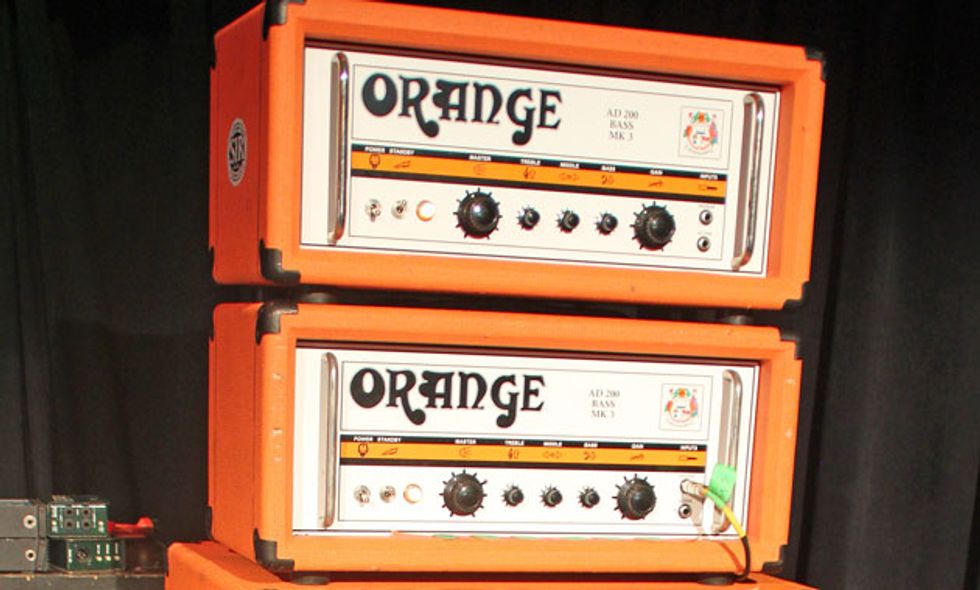
Like the guitarists in the band, McJunkins keeps everything covered in Orange Tolex as he rocks a pair of AD200Bass MKIII heads.
Jesse Hughes' Maton MS500s
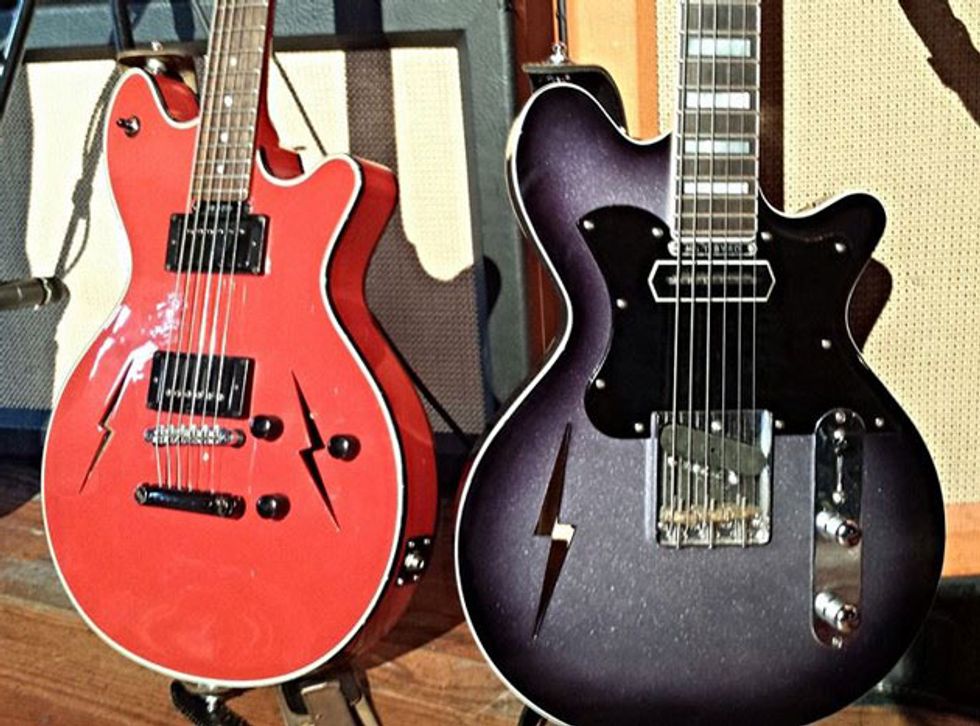
Loyal to one brand, boogie-master frontman/guitarist Jesse Hughes plays nothing but Maton 6-strings live. The one on the left is a custom-made MS500 that features lightning bolts instead of f-holes and hotter-wound humbuckers that free Hughes from having any pedals at his feet due to the pickup’s ability to get him right to edge where clean and distortion meet.
The silverbust axe on the right is another custom-made creation—this is a baritone version of Maton’s MS T-Byrd that the Australian company gifted Hughes when they heard he recorded some baritone tracks on the just-released album Zipper Down. (The MS T-Byrd also features a single lightning bolt and hotter pickups.)
Jesse's Orange Rockverb 50 MKIII
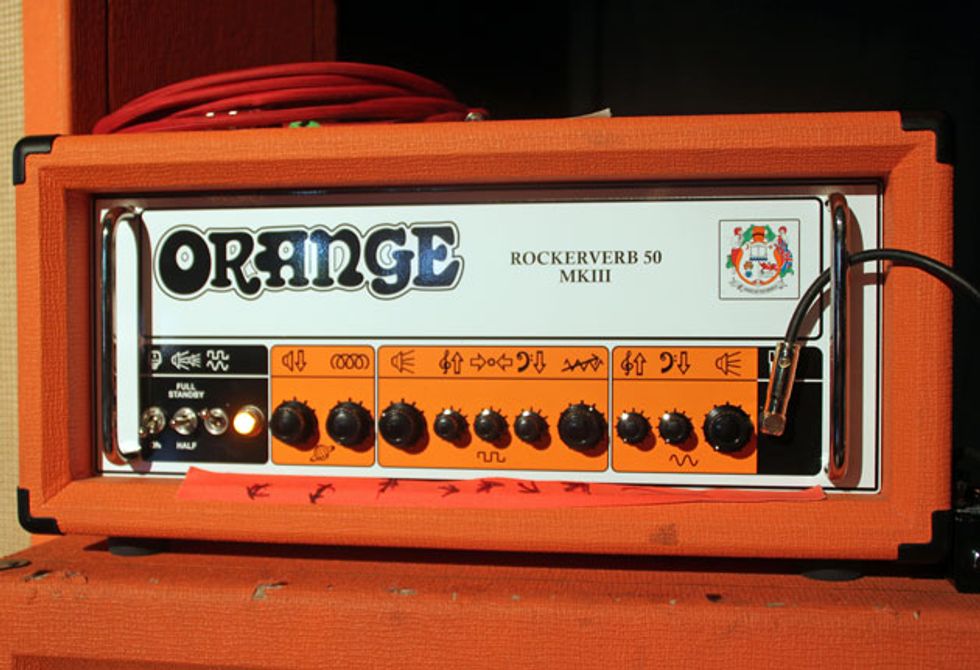
Hughes asserts setting up his two amps on both sides of the drummer helps give the band a true stereo sound onstage. On one side is an Orange Rockerverb 50 MKIII.
Jesse's Orange Dual Dark 50
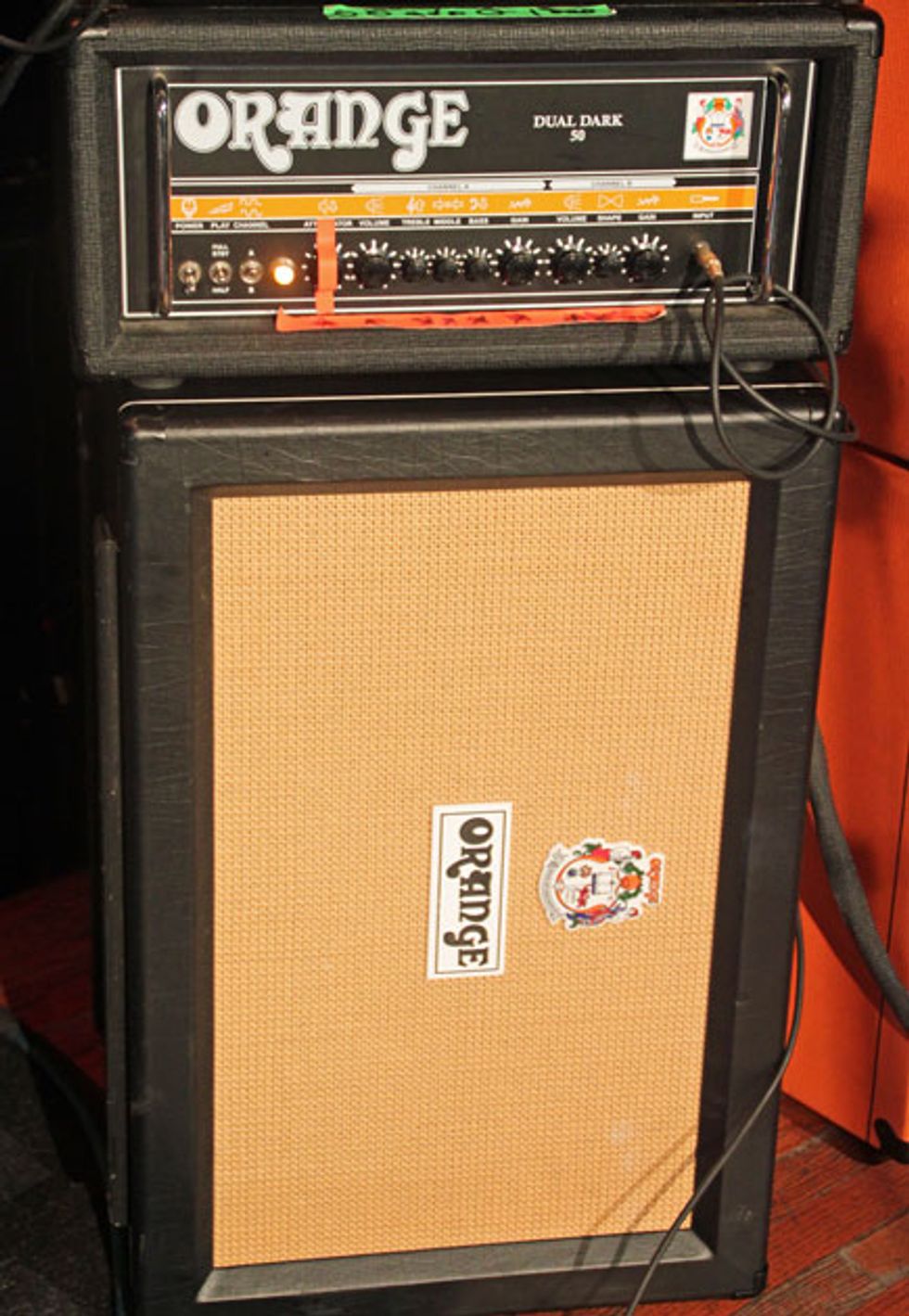
And on the other side of the drummer rests an Orange Dual Dark 50. While the guitarist records direct with a vintage Mosrite Fuzzrite and an original Orange Roger Mayer Axis Fuzz, Hughes feels the combination of the custom-made Matons and Orange tube powerhouses give him all the rock ’n’ roll tone he needs live.
[Updated 7/4/21]




![Rig Rundown: Russian Circles’ Mike Sullivan [2025]](https://www.premierguitar.com/media-library/youtube.jpg?id=62303631&width=1245&height=700&quality=70&coordinates=0%2C0%2C0%2C0)




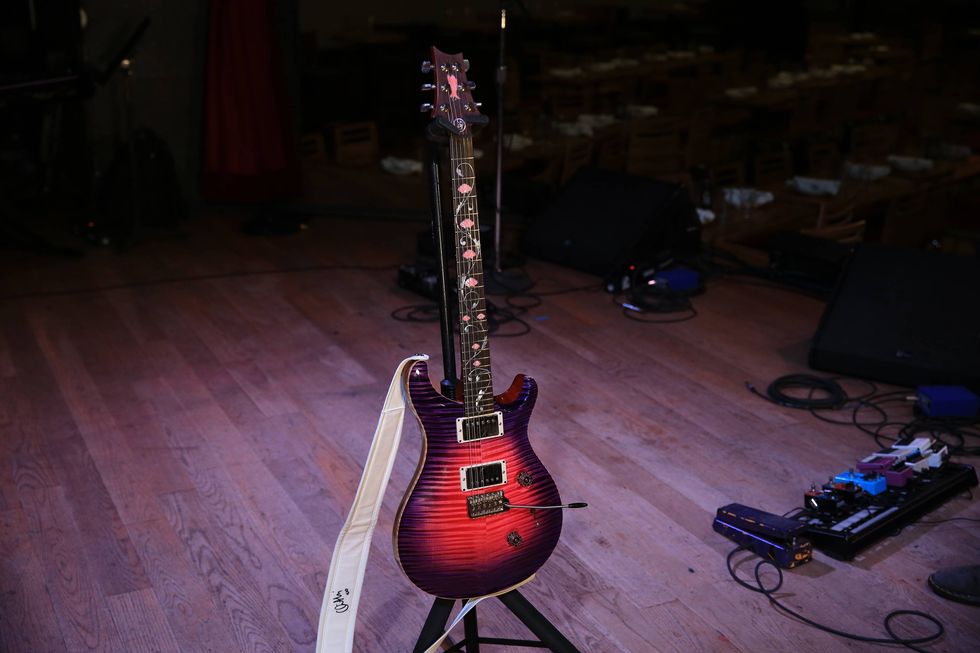
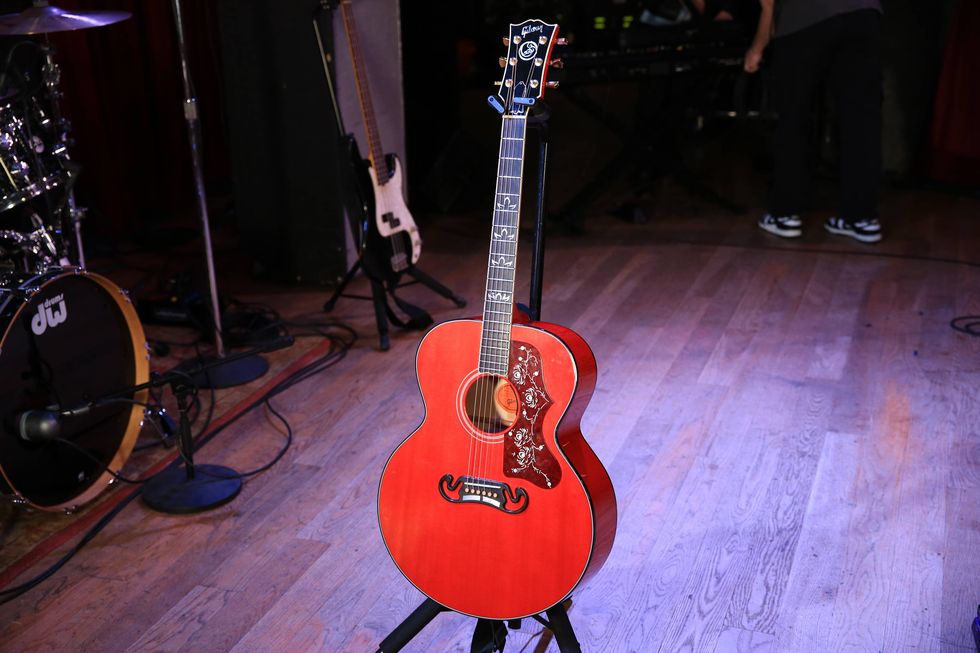
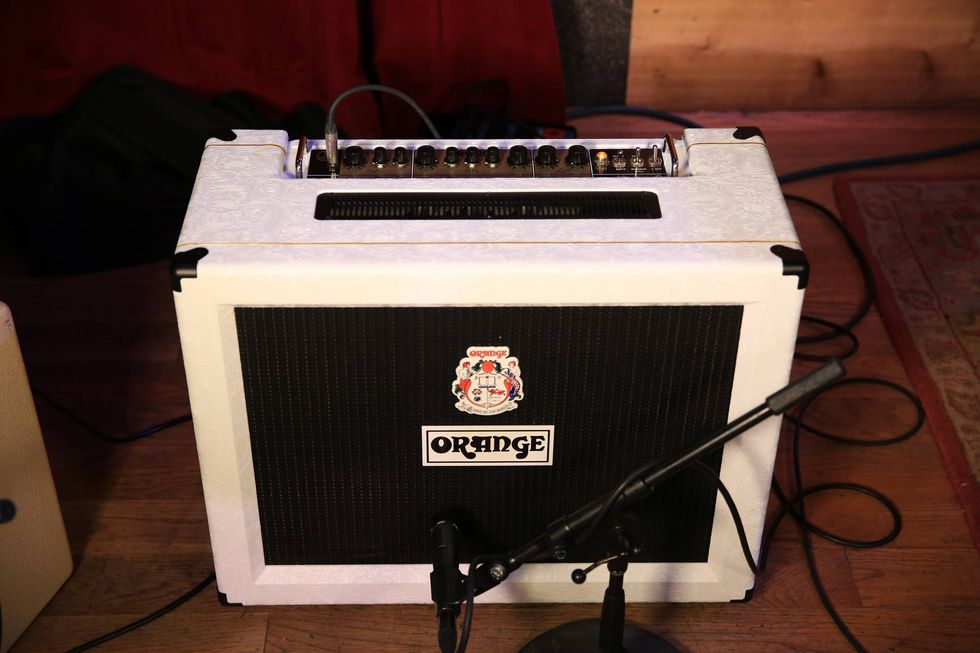
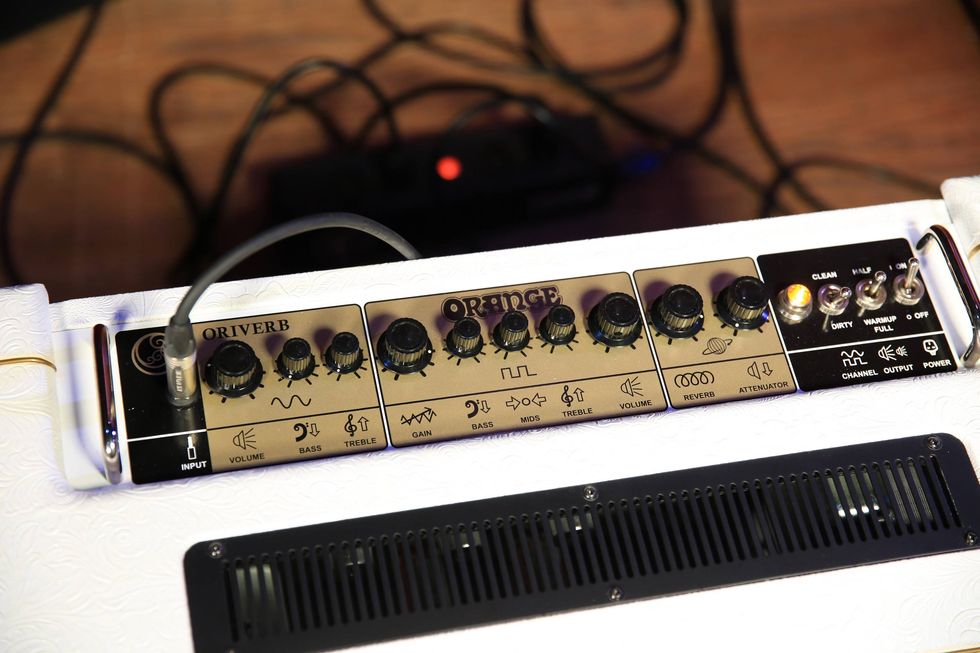
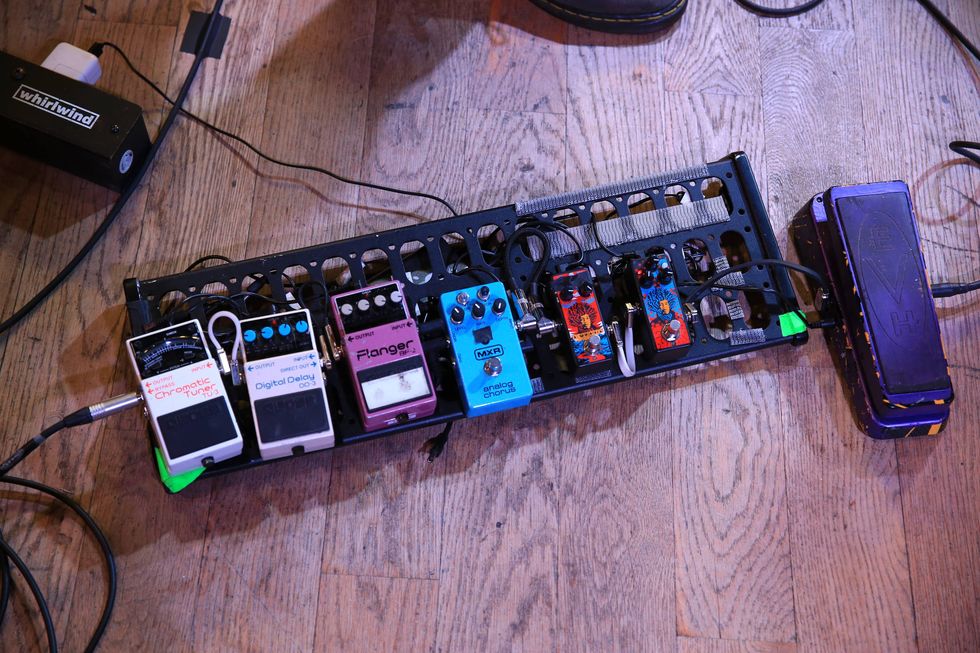







![Rig Rundown: AFI [2025]](https://www.premierguitar.com/media-library/youtube.jpg?id=62064741&width=1245&height=700&quality=70&coordinates=0%2C0%2C0%2C0)












 Shop Scott's Rig
Shop Scott's Rig







 Zach loves his Sovtek Mig 60 head, which he plays through a cab he built himself at a pipe-organ shop in Denver. Every glue joint is lined with thin leather for maximum air tightness, and it’s stocked with Celestion G12M Greenback speakers.
Zach loves his Sovtek Mig 60 head, which he plays through a cab he built himself at a pipe-organ shop in Denver. Every glue joint is lined with thin leather for maximum air tightness, and it’s stocked with Celestion G12M Greenback speakers.

















![Devon Eisenbarger [Katy Perry] Rig Rundown](https://www.premierguitar.com/media-library/youtube.jpg?id=61774583&width=1245&height=700&quality=70&coordinates=0%2C0%2C0%2C0)






